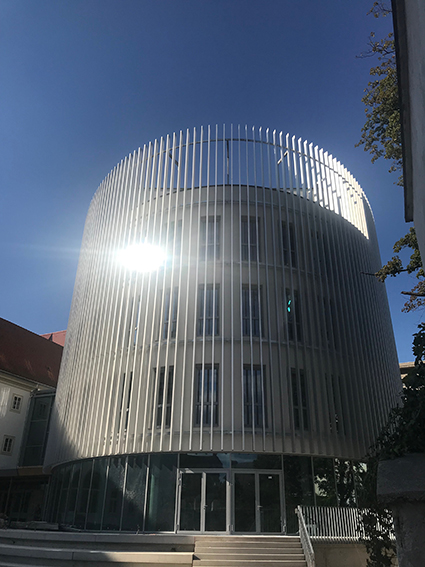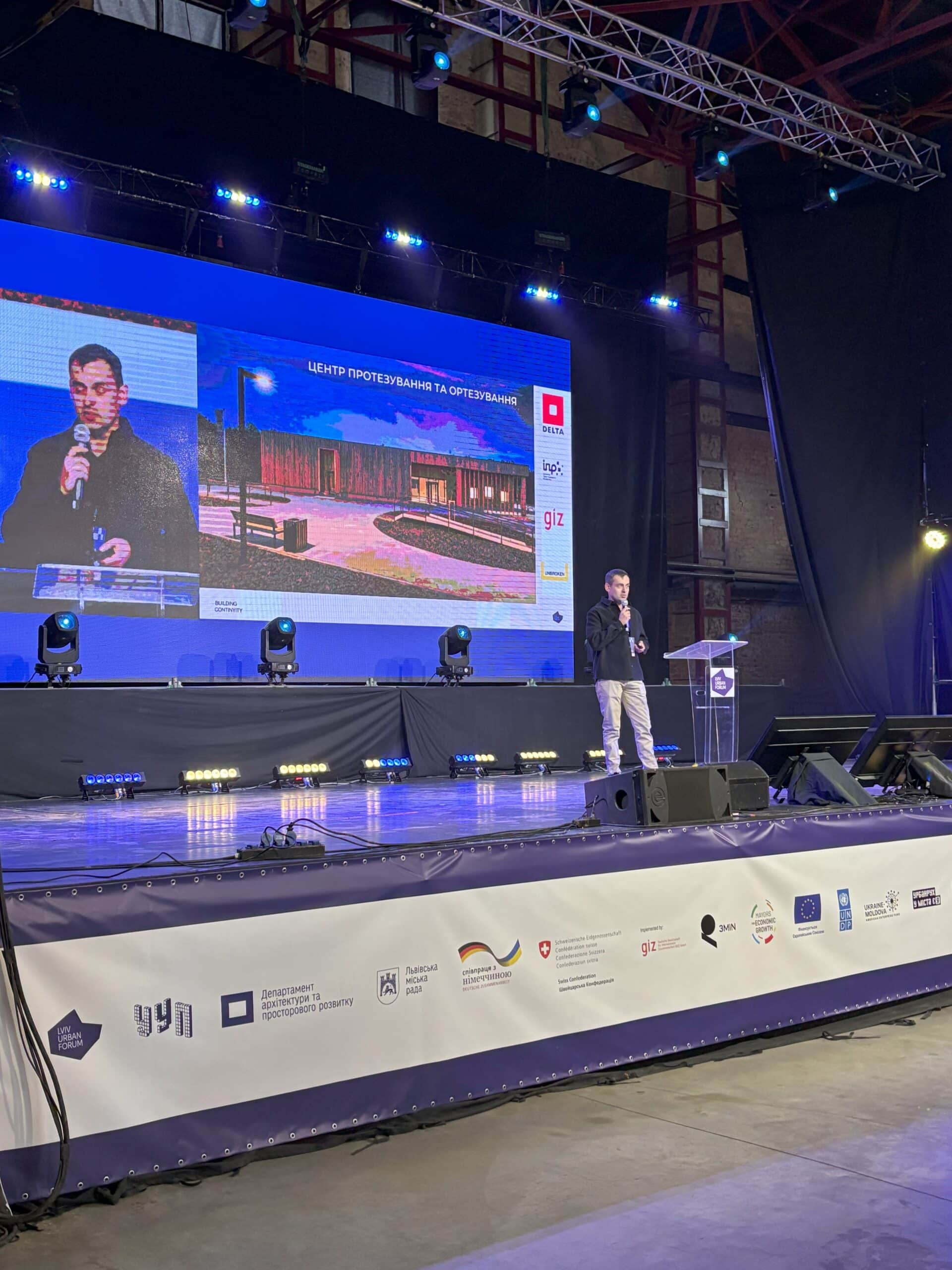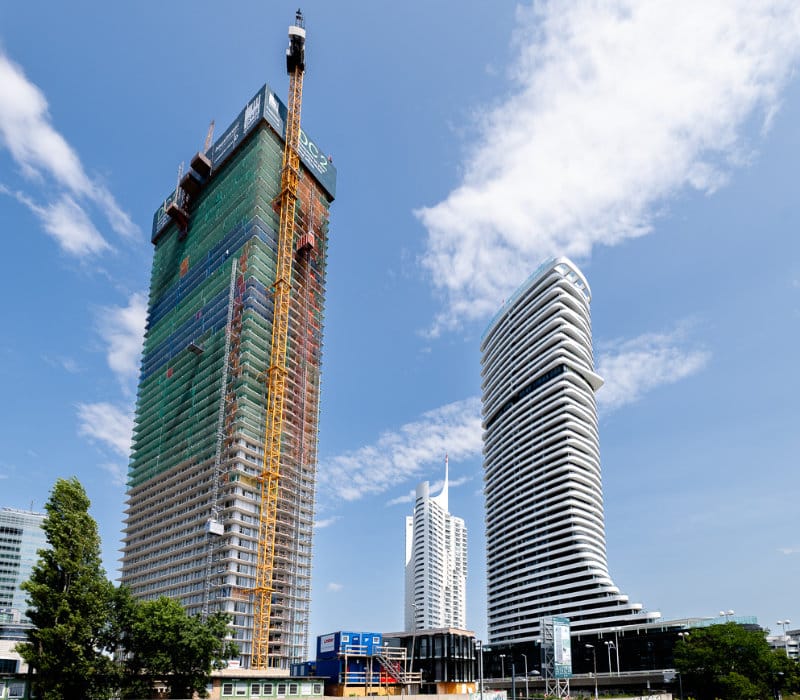New Faculty of Economics in Lower Austria combines knowledge, history and culture
07. September 2020
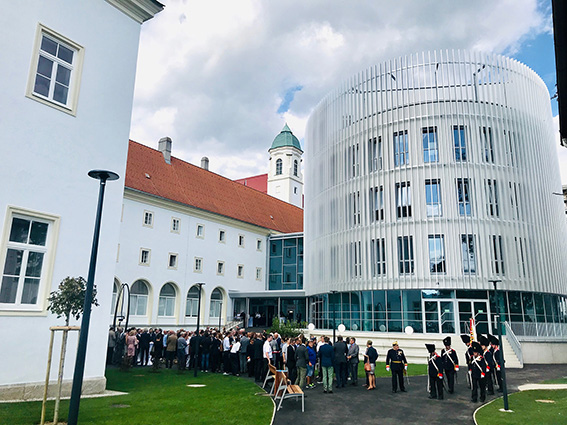
On the site of the former Carmelite monastery in the heart of Wiener Neustadt, Lower Austria, the Faculty of Economics (FH) was opened to students in a festive ceremony. The special feature of the location lies in its rich tradition and exciting history, which now combines science and research. The area offers a look back at various uses of the centuries-old buildings that are protected as historical monuments of the former Carmelite monastery, whose church was profaned in 1783 and thus made available for secular purposes. In the past, the location was already used as a factory, cinema, museum and last, as the Hospital of Wiener Neustadt. As Austria’s oldest university of applied sciences, the FH Wiener Neustadt has now skillfully integrated the functional new buildings into the historically protected premises in a symbiosis of old and new and more than fulfilled the requirements of a modern university building. The adaptation of the historic building fabric and monument preservation tasks, as well as the creation of innovative educational areas, were of central importance. The church nave and the monastery wing were extended by several new buildings. These include parts of the library as well as seminar- and group rooms. The public library was combined with the FH library and made accessible to the general public and all interested parties. The large reading room in the impressive nave offers a unique historical ambiance. The entrance area and the staff offices are located in the new building to the west. In the monastery garden, a 5-storey new building, the so-called “Wissensturm” (knowledge tower), which contains the large lecture halls, the main lecture hall and the seminar rooms, was built as the heart of the University of Applied Sciences. The green areas in the inner courtyard and garden serve as retreat and recreation areas for students and staff.
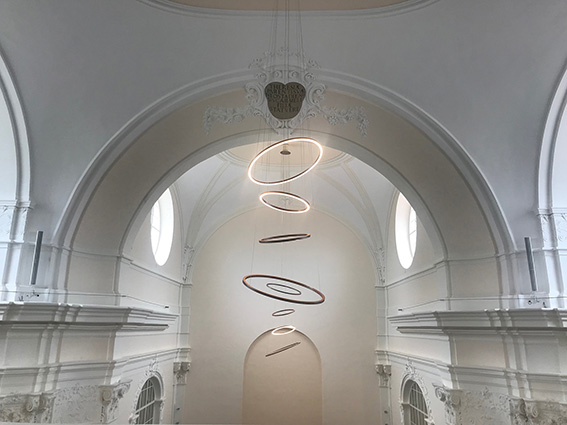
How do you successfully control a construction process if there is no Plan B?
The opening of the FH with the start of studies in autumn 2019 was certain from the beginning; there were no shifts or alternative possibilities. Within the tight schedule, the challenges of the protected building and the inner-city location, as well as the fulfillment of the requirements for a modern educational building had to be mastered. Also, the many points of contact with the adjoining Clinic of Wiener Neustadt were a special challenge. “Even though everything was perfectly prepared, planned with foresight and coordinated in the team, new and unexpected challenges arose every week. We often had to change our plans and look for new solutions that required an alternative thought-provoking impulse,” explains Peter Erlacher, Client and CEO of the FH, about the project. The unpredictability however can lead also to surprising new ways in order to reach a goal. As a result, flexibility, elasticity and prioritization were important factors in the day-to-day work of the entire team and ensured punctual opening. This was made possible above all by the client’s rapid and flexible decisions. Matthias Knauer, construction project manager at DELTA, describes the cooperation with the client: “It felt like our client was on site almost every day and he actively supported the project. His determination and enthusiasm for the project were clearly noticeable. He implemented the necessary steps and decisions to achieve the project goal in real-time.” Wolfgang Kradischnig, CEO and company spokesman at DELTA, is aware of the importance of the client and the cooperation of all project participants for the success of the project:“Thanks to the high level of commitment, the client’s competence and the great teamwork, this project was successfully completed despite the difficult conditions”.
